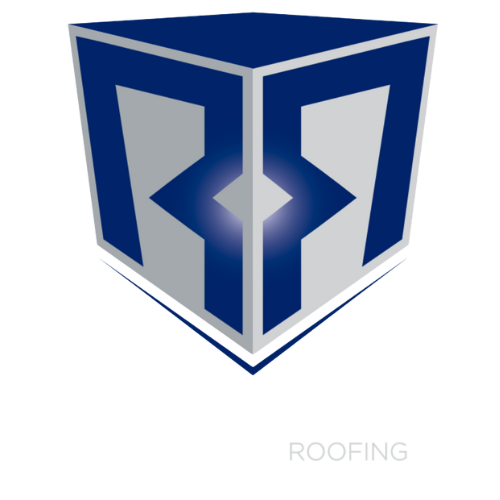
Rackley Roofing Commercial Roofing Solutions Provider
Southeastern United States Commercial Roofing Solutions Provider, Headquartered in Tennessee



INSTALLATION
Using our own in-house, state-of-the-art sheet metal fabrication department, Rackley Roofing will custom make the roof for your metal roof installation. We can also fabricate striking metal canopies, wall panels, and other unique aesthetic treatments, so the architectural sheet metal possibilities are virtually endless.
INSPECTION
Our experienced roofing technicians are highly trained experts who will inspect your roof and gutter system thoroughly to identify areas needing maintenance or servicing. At Rackley Roofing, our roof inspection services allow you to proactively perform preventative maintenance rather than more expensive reactive repairs.
MAINTENANCE
The work of the roofing experts at Rackley Roofing won’t compromise your roof’s integrity. They’ll also respond quickly and reliably to handle your tenant finish requirements if the need arises. We provide thorough documentation, including detailed photography, of everything we do. All of our tenant finishes come backed by our 2-year warranty.
Partnerships



You deserve the best. It’s time to partner with someone you trust.



